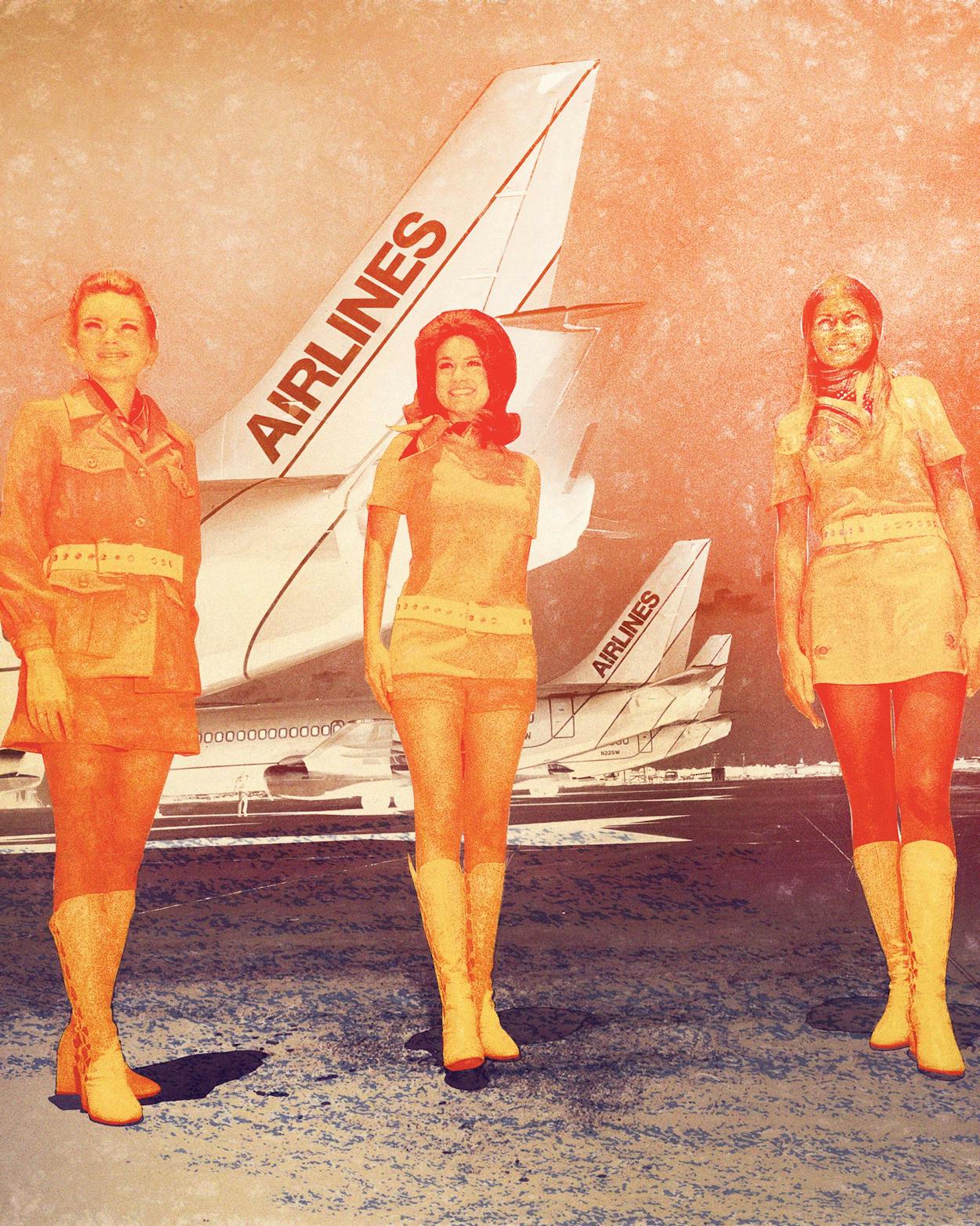On February 1, 1973, the mustachioed, cantankerous top executive of Southwest Airlines flipped open that day’s edition of the Dallas Morning News and flew into a rage. “Those bastards,” Lamar Muse shouted, spying a full-page ad from Braniff International that touted a $13 fare from Dallas to Houston. That was Southwest’s only profitable route, and Braniff was now charging half the Southwest fare. Southwest had burned cash since its first flight took off less than twenty months earlier with flight attendants walking the aisle in hot pants aboard one of its gaudy brown-and-orange jets. Braniff’s cutthroat pricing threatened to shoot down the fledgling carrier when it had barely gotten started.
Southwest launched a counterattack that included a two-page Morning News spread four days later with this irresistible offer: passengers could fly for $13 or pay the full $26 fare and receive a “free” fifth of booze. The move catapulted Southwest’s ticket sales and resulted in national publicity. That year the airline turned its first annual profit—a net income of exactly $174,756.
At the time, Southwest had fewer than two hundred employees and just three jets, which flew only in Texas. In the five decades since, under the leadership of executives including Muse and the now legendary Herb Kelleher, the tiny Love Field–based upstart has become the country’s most consistently profitable passenger airline. Southwest today has more than 64,000 employees, flies about eight hundred jets, and carries more passengers in the U.S. than any of its competitors, to places as distant from Texas as Hawaii and Costa Rica. During peak travel seasons, Southwest operates about 12,000 flights every three days—more than in all of 1973.
As Southwest has grown, it has begun to look more like a typical airline than it once did. Today, the planes aren’t as gaudy, the flight-attendant uniforms aren’t as sexy (or sexist), and the company’s top executives, armed with gobs of industry analytics, rarely make seat-of-their-pants decisions about critical matters such as fares and two-page newspaper ads. But that hasn’t always steered Southwest away from turbulence. This past holiday season the airline’s antiquated system for tracking crew members was overwhelmed during a massive winter storm, causing Southwest to cancel most of its flights for days on end, reportedly leaving hundreds of thousands of passengers stranded. Southwest’s top brass had long known the airline’s systems were vulnerable to this kind of failure; union leaders at the airline blamed shortsighted management for not investing in modernization.
It’s the kind of problem that a free fifth of booze isn’t going to solve.
This article originally appeared in the February 2023 issue of Texas Monthly with the headline “The Little Airline That Did.” Subscribe today.







